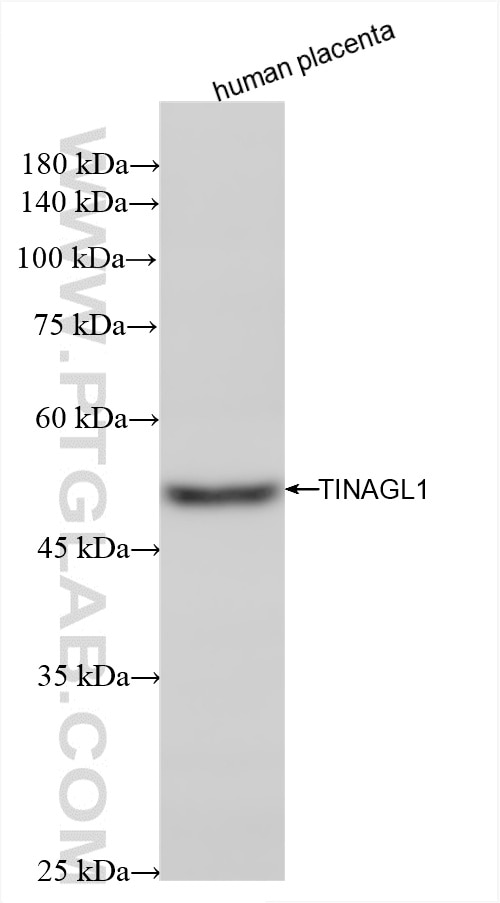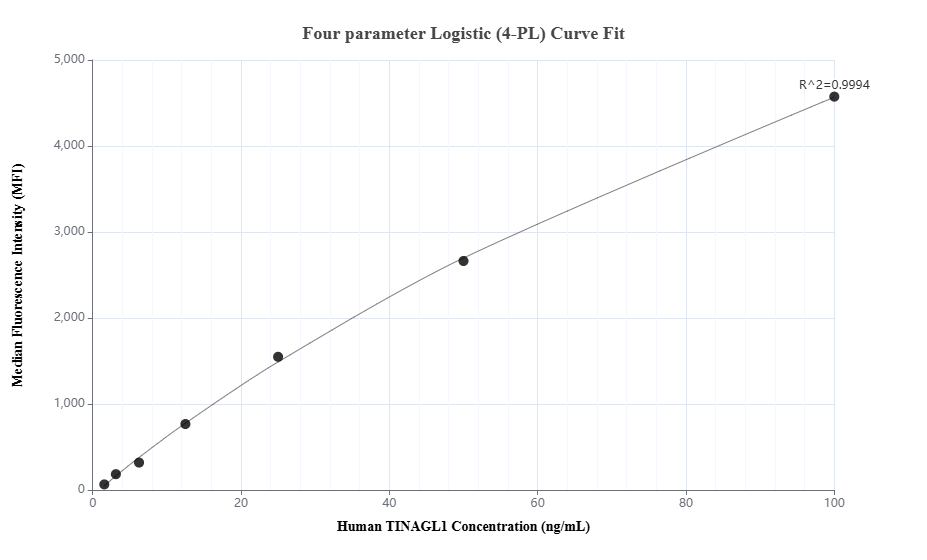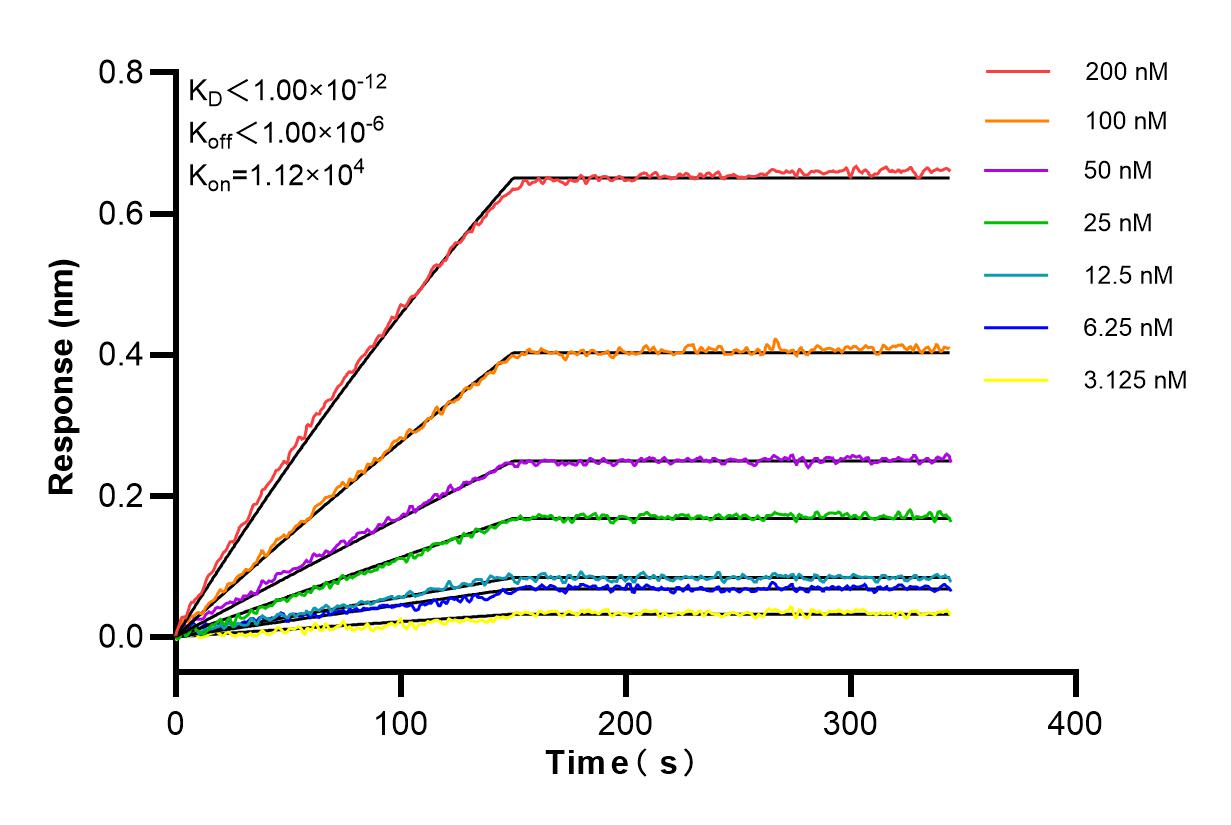Product Information
85140-2-PBS targets TINAGL1 as part of a matched antibody pair:
MP01822-1: 85140-1-PBS capture and 85140-2-PBS detection (validated in Cytometric bead array)
Unconjugated rabbit recombinant monoclonal antibody in PBS only (BSA and azide free) storage buffer at a concentration of 1 mg/mL, ready for conjugation. Created using Proteintech’s proprietary in-house recombinant technology. Recombinant production enables unrivalled batch-to-batch consistency, easy scale-up, and future security of supply.
This conjugation ready format makes antibodies ideal for use in many applications including: ELISAs, multiplex assays requiring matched pairs, mass cytometry, and multiplex imaging applications.Antibody use should be optimized by the end user for each application and assay.
| Tested Reactivity | human |
| Host / Isotype | Rabbit / IgG |
| Class | Recombinant |
| Type | Antibody |
| Immunogen | TINAGL1 fusion protein Ag2721 Predict reactive species |
| Full Name | tubulointerstitial nephritis antigen-like 1 |
| Calculated Molecular Weight | 467 aa, 52 kDa |
| Observed Molecular Weight | 52 kDa |
| GenBank Accession Number | BC009048 |
| Gene Symbol | TINAGL1 |
| Gene ID (NCBI) | 64129 |
| Conjugate | Unconjugated |
| Form | Liquid |
| Purification Method | Protein A purification |
| UNIPROT ID | Q9GZM7 |
| Storage Buffer | PBS only , pH 7.3 |
| Storage Conditions | Store at -80°C. |
Background Information
Tubulointerstitial nephritis antigen-like 1 (Tinagl1), a secreted extracellular protein, was initially identified as a putative component of the ECM. Tinagl1 is most commonly associated with embryonic development, including the heart and adrenal glands. Low levels of Tinagl1 expression can be dire for craniofacial development and for female fertility.







